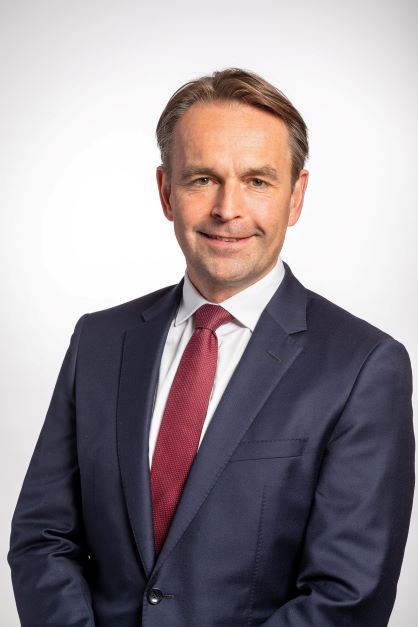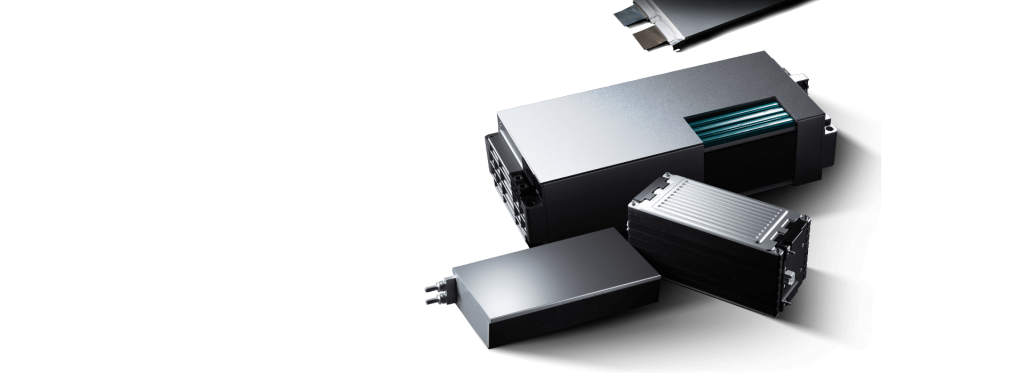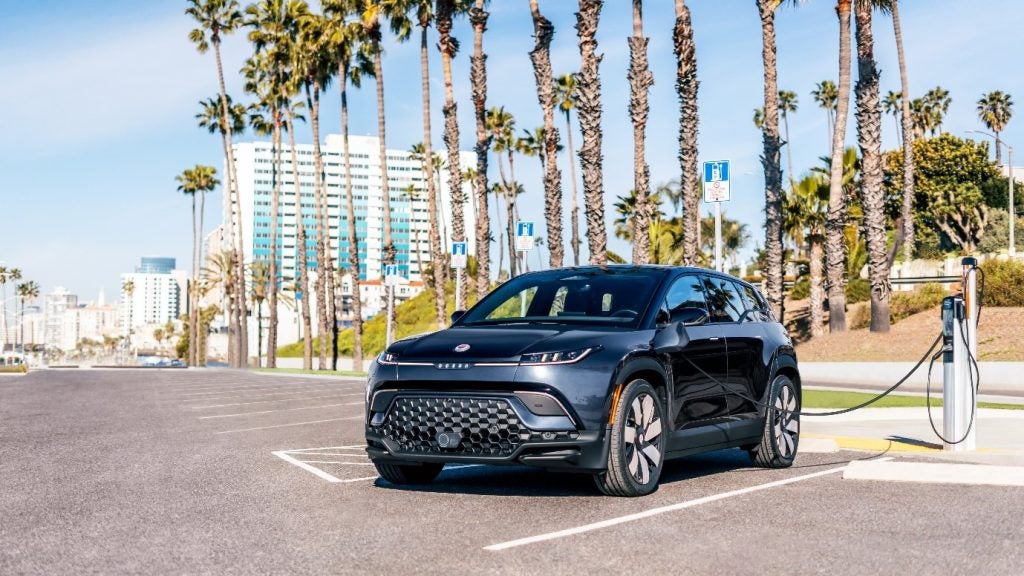

Just Auto (JA): The past two years have been incredibly challenging for all sorts of reasons. Along with the significant challenges of dealing with the Covid pandemic and the shortage of semiconductor parts, the automotive industry is also undergoing huge transformation. Tier 1s, such as Harman, are seemingly being ‘squeezed’ from all directions – how is business faring under these conditions?
Christian Sobottka (CS):It’s been an incredibly challenging couple of years for the whole industry. Covid and the semiconductor issue continue to impact business, and you’re absolutely right on your final point. It has been an increasingly difficult space for Tier 1 companies as our classical business role has been disrupted. We have OEMs encroaching from above and installing software stacks themselves. From below, the SoC suppliers are crossing over into the traditional Tier 1 space, and then from the side, you have tech companies also making a play. As you mention, business is being ‘squeezed’, which requires us to reflect on the changing environment and adjust our strategy to our evolving customers and their requirements.
Now, our customers fall into two distinct groups: the classical OEMs and the new players from the tech industry, which have a completely different perspective to the traditional automakers. While the former still work somewhat within the traditional Tier 1, Tier 2, Tier 3 layers, the tech newcomers think much more in network structures. They have different expectations regarding time to market and have what I call a ‘productised’ approach that goes through regular hardware upgrades and more frequent software update cycles. The working culture and speed are very different to what’s previously been seen in the automotive industry.
At the same time, the industry is struggling to understand and adapt to the changing demands of consumers and keep pace. The car has become another device – they want their experience to be more akin to that of the consumer tech industry and their mobile devices, demanding new technologies in cars faster, and for them all to work seamlessly together.
JA: How is Harman adapting strategically to maintain its position?
CS: For us, there was only one option and that was to embrace the opportunity and see it as a chance to evolve. At Harman we have always strived not just to supply technologies and solutions, but to make a real impact and create value for our partners and customers. That is why Harman has undertaken its own transformation. We have reviewed our business model, the competitive advantage we offer our customers and have set out a new company ambition, which is to be the leading automotive electronics supplier focused on the in-cabin user experience by 2030.
How well do you really know your competitors?
Access the most comprehensive Company Profiles on the market, powered by GlobalData. Save hours of research. Gain competitive edge.

Thank you!
Your download email will arrive shortly
Not ready to buy yet? Download a free sample
We are confident about the unique quality of our Company Profiles. However, we want you to make the most beneficial decision for your business, so we offer a free sample that you can download by submitting the below form
By GlobalDataJA: This is a bold aim considering the competitiveness of the industry. Tell us more.
CS: Yes, it’s bold and it’s ambitious, but it’s also extremely exciting. Harman has been undergoing a transformation in recent months. We’ve been reviewing what we’re good at, what we’re passionate about, and what’s different about our offering to the different customer groups. We have a deep, successful history of innovation and creating great experiences in the car. Combining this with the scale, power and possibilities Samsung brings to the table, we have a formidable offering. We’re one hundred per cent committed to this goal and have undertaken a transformation of our operations to support, focusing on two business models.
JA: What are these two business models?
CS: Firstly, we have the traditional ‘Project’ model, which will continue and serve to grow the ‘hardware plus’ and services business in response to customer requests. Harman has huge experience delivering within this traditional project business model and remains committed to supporting customers that work in this way to gain a competitive edge.
In parallel, we break new ground with the development of a ‘Product’ business, which provides what Harman terms as ‘Consumer Experiences: Automotive Grade’ to our industry customers and ultimately to end users. We are developing products and solutions that are more aligned with the consumer electronics industry which, of course is a sector we are extremely experienced in, both with our consumer products and via our parent company, Samsung. It means we can deliver these in-demand consumer experiences but with the knowledge and expertise to make them safe, secure and fit for the automotive space.
JA: What will the ‘Product’ business look like? How will Harman operate with its customers in this space?
CS: As I mention, time to market will significantly reduce. We are looking at six-month timeframes from award to launch. Following this, we will have continuous upgrades and three-month release cycles.
JA: What impact has this had on operations and Harman’s workforce?
CS: While we maintain support for traditional customers, the product business model has many implications. On the technical, manufacturing and processes side we have adopted a faster cadence and more rapid time to market. But it’s had wider implications for the whole organisational culture and our way of thinking. I’ve been incredibly impressed by the way our teams have embraced the transformation and relished the new faster, more nimble approach. It’s had a positive effect on our company culture and is setting us up to be the in-cabin experience partner of choice, allowing us to accelerate the transformation of our industry together with like-minded partners.
JA: When will Harman launch its first product within this new business model?
CS: The Harman product portfolio is under development with the highest focus. You and the industry won’t have very long at all to wait for our first announcement, which evolved from an idea to an MVP in just six months. As per previous years, Harman’s ExPLORE event in early January will also be something to keep a close watch on. What’s exciting is that we’re only just getting started. We can see so much potential to come from our new processes, outlook and ambitions.
JA: Following the acquisition of Germany-based Apostera earlier this year, will Harman delve into opportunities within the Metaverse with this product portfolio?
CS: As ADAS and navigation technologies evolve, there is the possibility that drivers could become overwhelmed with information. Apostera’s augmented reality (AR) and mixed reality (MR) software solutions are expanding Harman’s automotive product offerings and positioning the company at the forefront of automotive AR/MR experience design, supporting our overarching goal of becoming the automotive electronics leader for the in-cabin user experience. Seamlessly blending AR with the physical environment opens up boundless possibilities to deliver more intuitive and rewarding experiences.
I can’t give details right now, but more will certainly follow in this area. I look forward to being able to share additional details about our new product family soon.







